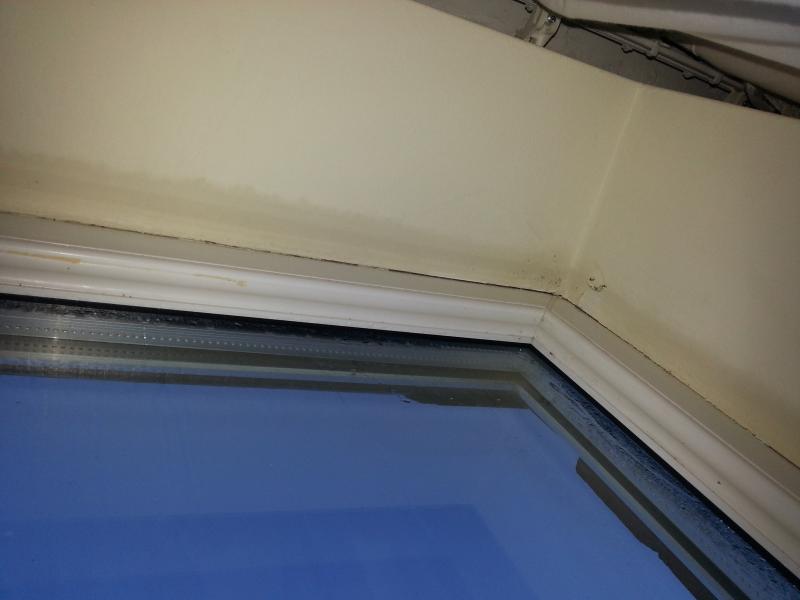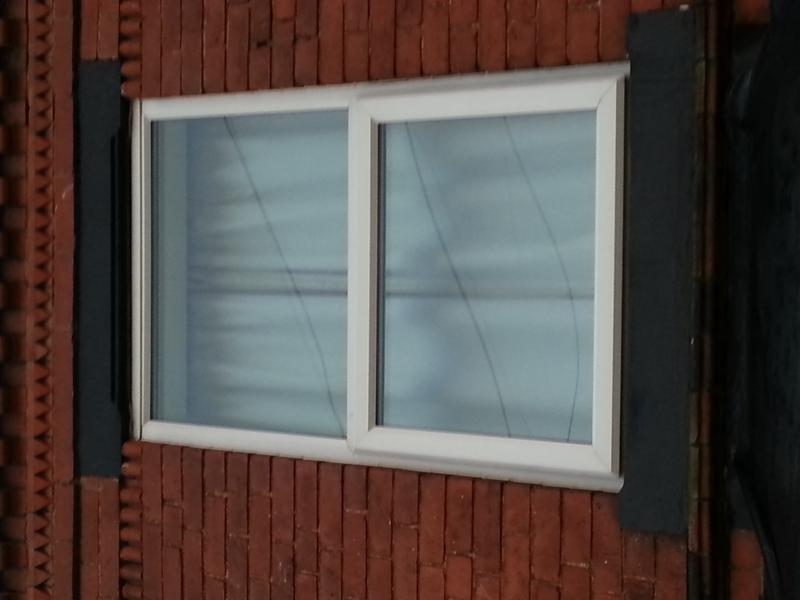Thanks for all of the replies.
Keeping the upstairs bedroom doors open has definitely helped to keep the place warm. I haven't checked the roof insulation yet but will do this weekend. The walls are solid brick - this is a typical cheap Midlands two up two down terraced house...
The condensation was ok (ish) for a few days but it's back as much as ever with the subzero temperatures. Especially as my partner has been staying so two people exhaling moisture. The plasterboard above and on the side of window got damp again after one night.
Having looked at the window from outside it looke as though there may be a gap in the seel between the window and stone lintel. I'll see if I can get someone to check this out - photo unloaded into my gallery.
I'll also look at dehumidifiers.
Thanks again
Shaun
[/img]
Keeping the upstairs bedroom doors open has definitely helped to keep the place warm. I haven't checked the roof insulation yet but will do this weekend. The walls are solid brick - this is a typical cheap Midlands two up two down terraced house...
The condensation was ok (ish) for a few days but it's back as much as ever with the subzero temperatures. Especially as my partner has been staying so two people exhaling moisture. The plasterboard above and on the side of window got damp again after one night.
Having looked at the window from outside it looke as though there may be a gap in the seel between the window and stone lintel. I'll see if I can get someone to check this out - photo unloaded into my gallery.
I'll also look at dehumidifiers.
Thanks again
Shaun
[/img]



